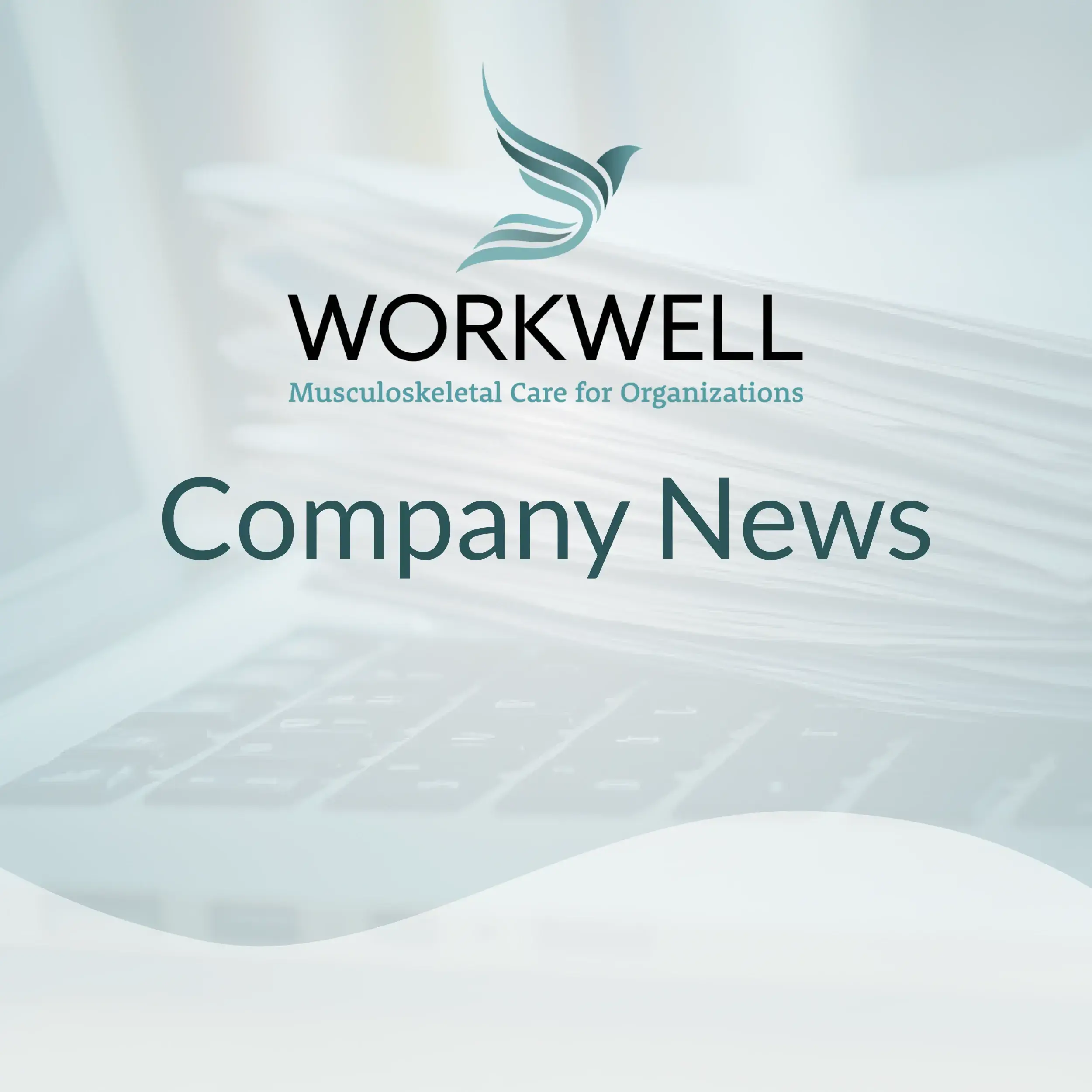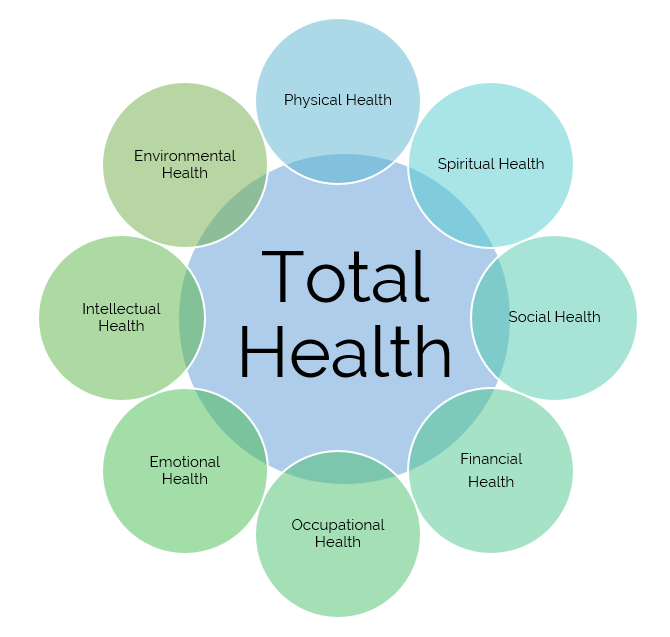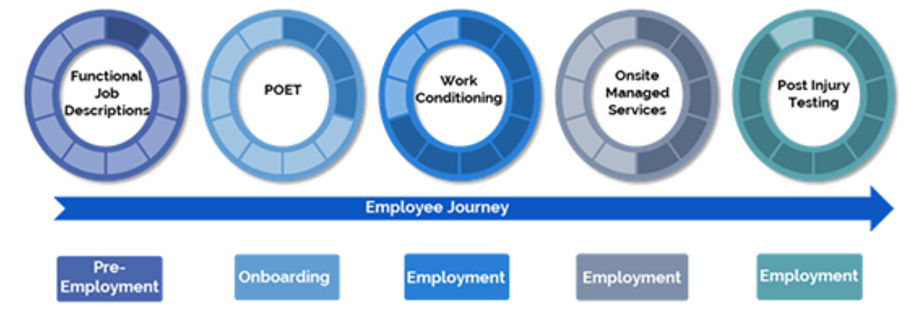
News

 5 Pillars for Creating a Successful Safety Culture in Safety News Alert Image" />
5 Pillars for Creating a Successful Safety Culture in Safety News Alert Image" />
5 Pillars for Creating a Successful Safety Culture in Safety News Alert
Karil Reibold, Acting Chief Executive Officer, WorkWell, is featured as an expert contributor in the article 5 Pillars for Creating a Successful Safety Culture in Safety News Alert.
Safety News Alert keeps safety professionals up to date on the latest OSHA news and regulations, delivers effective safety training ideas, seasoned perspective and analysis of workers’ comp cases and injury cases from other companies – all to help you keep your people safe and productive.
Over the past several years, safety culture has emerged as a pivotal component of any highly productive and innovative organization. Now emerging from a global pandemic, workplace safety is a top priority for every organization’s success. And it is not just about creating sanitization stations and painting lines on the floor for social distancing. It is about building and establishing trust.
True safety cultures must have initiatives led by management and support from every organization and every worker. Here are five pillars to any successful safety culture.
5 Pillars for Creating a Successful Safety Culture:
1. Leadership: A proactive safety culture goes together with the company’s corporate culture and values. The safety culture program and values start with senior leadership and translate to all levels of the organization. The organization must live and breathe the safety culture for employees to trust and become part of the solution. Senior leadership must walk the talk of the values of the safety program to foster employee trust.
Here is an example of not walking the talk regarding safety culture, and the ramifications are real:
When an ice storm hit, an organization’s top concern was the impact on its on-time delivery metrics rather than employee safety. As a result, they decided to keep their distribution center open, leaving employees at risk of getting in an accident while commuting to and from their jobs, slipping on the loading dock, or transporting goods during the storm. In this instance, the company sacrificed employee safety to keep the center open and eroded trust.
2. Collaboration and Teamwork: Environmental, Health, and Safety (EHS) is no longer a cost center of a company that embraces a safety culture. EHS is tasked with keeping an organization’s “key assets” – employees – safe and well. They are the strategic and tactical drivers of the safety culture.
Led by EH&S, a proactive approach to a safety culture includes a cross-functional stakeholder team comprised of talent acquisition, human resources, wellness, risk, and operations. Each one of these groups has varied responsibilities, only one of which is physical safety. The duties can work in concert with a safety program and allow organizations to reach multiple goals simultaneously. These organizations have to be aligned to create a positive safety culture.
3. Employee Physical Safety: As an employer, it’s your responsibility to provide a safe workplace for your employees. Providing a safe workplace goes beyond accidents and providing first aid. It is up to management to understand and monitor how your physical workforce works and ensure the ergonomics of how a job is performed doesn’t initiate or exacerbate an injury. Ongoing ergonomics monitoring and job coaching is needed to check how jobs are performed. This type of monitoring needs to be programmatic to catch injuries before they happen. Also, implementing a fully managed injury prevention program gives you complete hire-to-retire visibility into risks associated with your physical workforce.
4. Trust and Communication: An excellent safety program only works if your employees trust you. Hold regular town meetings to review safety rules and discuss prevention to keep workplace safety top of mind. Make it easy for your employees to come to you with health and safety concerns by rewarding them for safe behavior and not penalizing them if they are injured. Employees need to feel confident enough to report hazards immediately and identify potential areas of concern that your team may not have noticed. When your employees understand how to handle any situation where safety could be a concern, there is a lower chance of productivity being halted or delayed. Appoint an employee safety advocate who is empowered to communicate concerns identified by employees to management without reproach.
5. Total Worker Health and MSK Health: Moving without pain is critical to an individual’s productivity and overall well-being, affecting physical, mental, and emotional health. An investment in comprehensive safety and injury prevention programs pays off in reduced injuries and increases employee well-being and morale.

A key component of any comprehensive safety and injury prevention program is a keen focus on musculoskeletal (MSK) health. It begins long before the employee shows up on the job and continues throughout the employee journey. It starts with a well-written Functional Job Description that outlines the minimum physical requirements for performing the job. This job description helps in the hiring process with a Post Offer Employment Test (POET) and can be utilized along the employee journey with an onsite prevention and treatment program.

The success of any MSK health program begins by setting a set of MSK wellness goals. Identifying and prioritizing your organization’s MSK injury and wellness goals allows you to customize a solution to meet your company’s unique needs. In addition, these goals allow a phased approach to wellness and injury prevention, where the most critical problems impacting your workforce are addressed first.
For example, back strains are the No. 1 cause of injury and absenteeism. A focused, phased onsite program approach to reducing back strains would be Phase I. As the critical injury and wellness areas become more manageable, the program can move on to more proactive activities like stretching or walking initiatives that employees can do at home and incorporate into their daily routine for a work-life balance.
Today more than ever, proactive safety culture is critical to sustaining a highly productive and innovative organization. Establishing employee trust is essential to retain and keep healthy existing employees. A positive safety culture is a strong differentiator in a competitive labor market to attract employees of all ages and skill sets and is a foundational building block for company success. It requires a company to be proactive and to establish employee trust.

Featured Posts
postsTags [BlogPost 178613021575 Shift to Prevention and End the Game of Whack-a-Mole, BlogPost 125116526205 Why now is the time for a Managed Onsite MSK Clinic]
.png)
